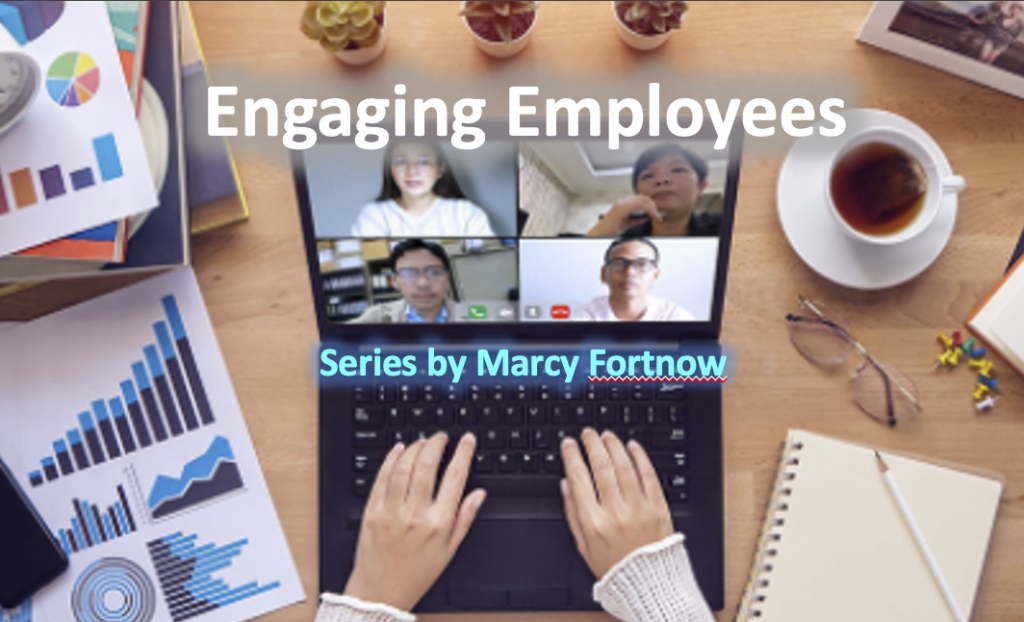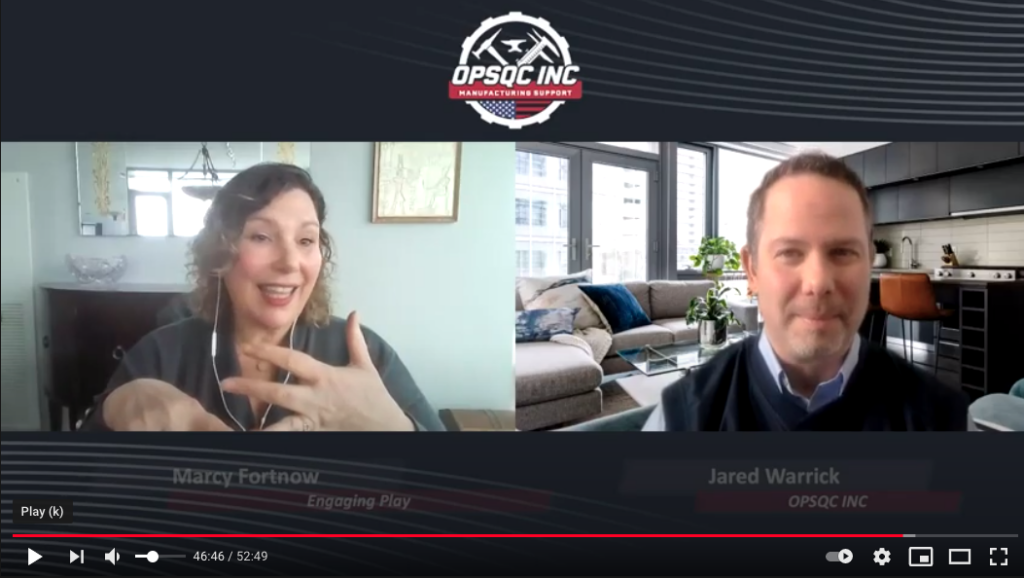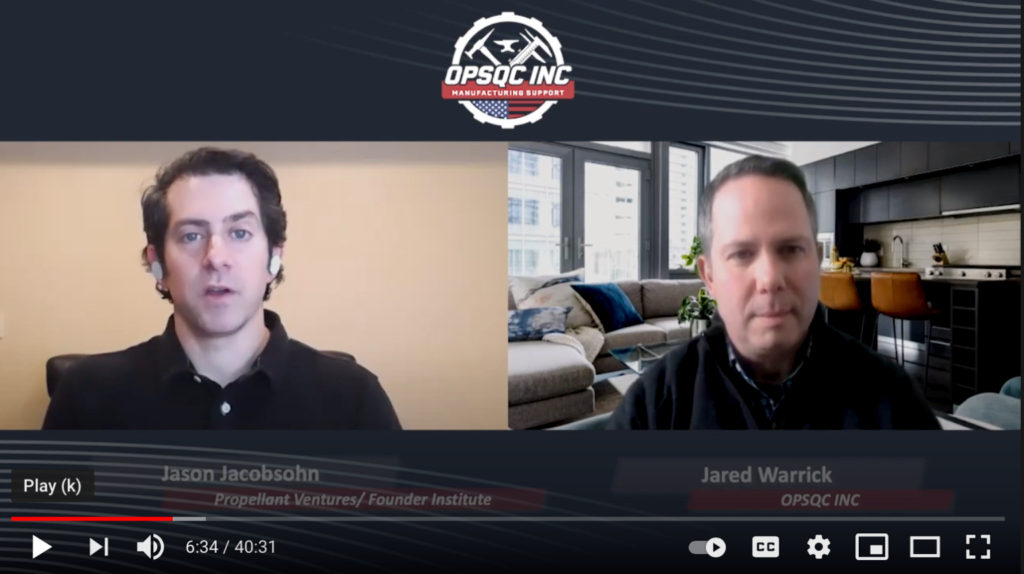Five Ways to Build Community – Article 2 of 3
Engaging Employees Series – Five Actions to Build Community
By: Marcy Fortnow – Founder of Engaging Play
LinkedIn: https://www.linkedin.com/in/marcyfortnow/
Date: Originally Published – April 2020
It is hard to believe, many of us are still working virtually! Some of us, certainly the people I am connecting with, my friends, colleagues, and clients, are feeling lost and disconnected. Some are struggling with low motivation and low energy. All of us are missing that sense of community that our work place world provided, and it can be lonely.
Creating community is so important now. It is not “too much” and your efforts will be appreciated. As Helen Keller said, “Alone, we can do so little; together, we can do so much”. Great Leaders create community for others.
To see this discussion in video, check here.
Here are five ideas that create community in your organization.
- Virtual lunch breaks or happy hour – Lots of organizations are implementing these and I am hearing participants are having fun! People need a replacement for gathering spots like the lunch room or the coffee station. Create this opportunity for your team to gather together remotely.
- Asynchronous socializing – There is still a need for friendly non-work related conversation and connection. Consider using messaging tools, Slack, or even text and email for personal connection. Encourage individuals, small groups, and departments to meet up in this way.
- Virtual Clubs – Foster community and build stronger relationships by creating clubs that speak to people’s interests. Form book clubs, movie discussion groups, or music channels for people to develop deeper connections.
- Stay Active together – Look for ways to keep your community active and supportive at the same time. Create a step challenge or find a low cost subscription for your team to a yoga or exercise studio for classes. Have participants register their progress on your company’s google drive so they can share their successes.
- Make time for Celebrations – Recognition and celebrations are more important than ever. Celebrate birthdays, anniversaries, and work accomplishments as a team. Successes, milestones, and celebrations should be called out and applauded in your community!
Intentionally creating and maintaining a healthy community will help keep your employees connected, engaged, and more motivated. You can implement any or all of these ideas with your distributed team and build a more positive culture.
If you would like more support around building better connected engaged teams, scroll down and fill in the contact form below and I will be in touch! Looking forward to supporting you!







